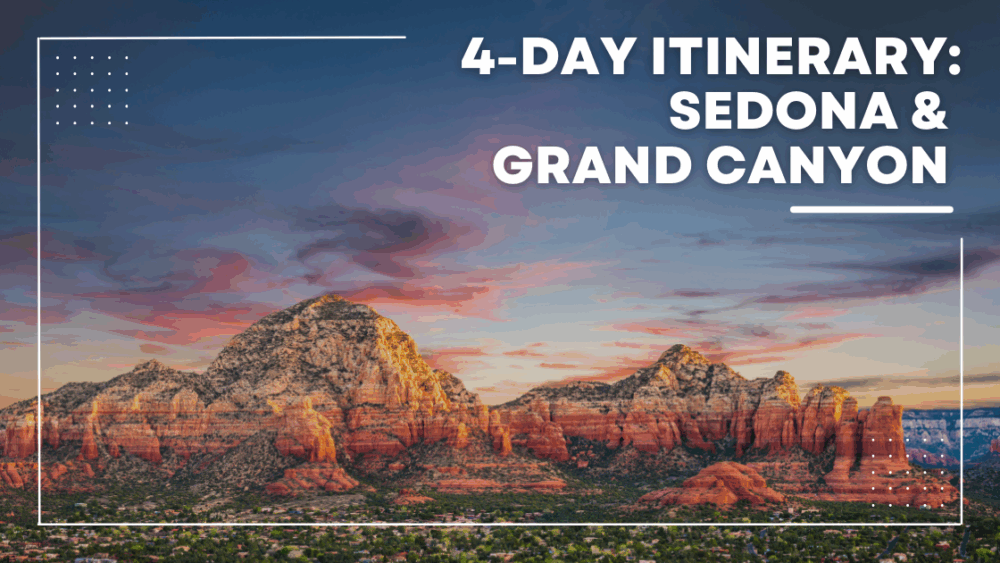If you’re craving a nature-filled escape from Los Angeles, a road trip to Sedona and the Grand Canyon offers the perfect mix of adventure, tranquility, and jaw-dropping scenery. Known for its mystical red rock formations and energy vortexes, Sedona provides a spiritual recharge, while the Grand Canyon delivers awe-inspiring views that remind you just how powerful nature can be.
While most people fly into Phoenix to reach Sedona, consider stopping in Prescott—a charming small town that’s actually closer and full of character. It’s a great alternative route that adds a unique touch to your Arizona journey.
This 4-day winter itinerary is ideal for travelers who want to explore the beauty of Arizona in a short time—without rushing. From hiking scenic trails to catching epic sunsets, here’s how to make the most of your trip in just four days.
Day 1: Flight to Prescott
Kick off your journey with an evening flight from Los Angeles (LAX) to Prescott, Arizona. Tickets cost around $250 for a direct flight. Be aware that there are only four daily flights to Prescott, and delays are not uncommon. Upon arrival, expect chilly weather—layering up with a down jacket and scarf is recommended for comfort. People usually take flight to Phoenix, but Prescott is cute town and closer to Sedona.
Day 2: Sedona Sightseeing
Start your day early with a scenic 1.5-hour drive from Prescott to Sedona. Enjoy breakfast in the Village of Oak Creek before exploring Sedona’s iconic red rock formations and energy vortexes.
Bell Rock
Known for its bell shape and strong yang (masculine) energy, Bell Rock is ideal for enhancing motivation and decisiveness. The hike is beginner-friendly, with steeper sections at the top. You can feel the energy even from the base viewpoint, about a 20-minute walk from the parking lot.
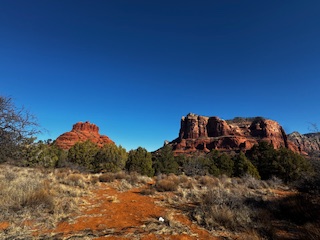
Cathedral Rock
A nearby site known for its powerful yin (feminine) energy, ideal for emotional healing and inner reflection. The hike becomes challenging midway, so proper hiking shoes are a must. The panoramic views from the top are well worth the effort.
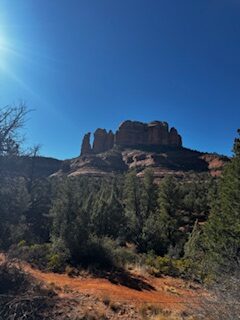
Devil’s Bridge
Sedona’s largest natural sandstone arch offers a thrilling experience. While most of the trail is easy, the final ascent involves climbing with your hands. Expect a short wait to take a photo on the narrow bridge—ask nearby hikers for help with photos.
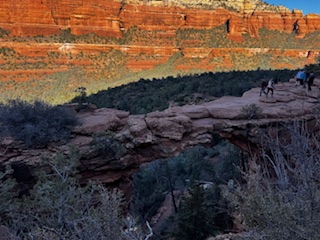
World’s Only Blue McDonald’s
A quick stop at the unique McDonald’s with a turquoise-colored logo—symbolic of Native American culture and local landscape harmony.

Airport Mesa (Sunset)
Finish your Sedona day at Airport Mesa, a popular sunset spot offering panoramic views of the city and surrounding red rocks. Known for its balanced vortex energy, it’s a place for emotional cleansing and new beginnings.
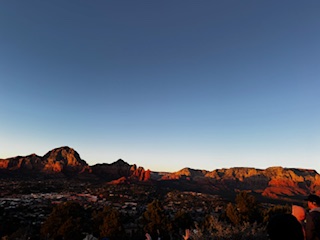
After sunset, drive to Flagstaff to prepare for the next day’s Grand Canyon adventure.
Tips for Sedona:
- Wear hiking shoes (not regular sneakers or boots).
- Dress in layers for cold mornings and warm hikes.
- Bring sunscreen, lip balm, and plenty of water—even in winter, UV rays and dry air are intense.
Day 3: Grand Canyon South Rim Exploration
Start with a 1.5-hour drive from Flagstaff to Grand Canyon National Park. Although some traffic is expected, entry is generally smooth in the winter.
Pipe Creek Vista
A quiet and underrated viewpoint near the entrance, offering sweeping canyon views and a peaceful atmosphere—perfect as a first stop.
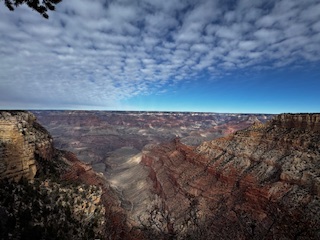
Mather Point
One of the most popular viewpoints, located near the Visitor Center. Great for panoramic sunrise or sunset views, with nearby amenities like food and gift shops.
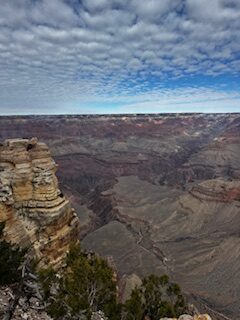
Yavapai Point
Home to the Yavapai Geology Museum, this site offers educational exhibits and a view of the Colorado River. The vibrant rock formations here are especially striking.
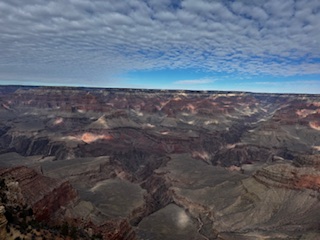
Lunch at Grand Canyon Village
Enjoy a meal at this central hub, home to historic lodges like El Tovar and Bright Angel. Shuttle buses depart from here, making it convenient for non-drivers.
Mohave Point & Powell Point
Mohave Point offers dramatic canyon and river views, while Powell Point honors 19th-century explorer John Wesley Powell. Ideal for peaceful reflection and appreciating the canyon’s history.
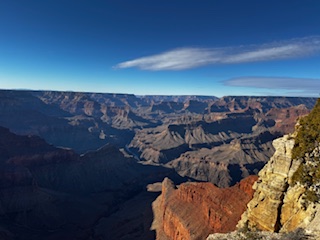
Desert View Watchtower
Conclude your day at the canyon’s eastern edge. While the tower may close by 4 PM, the lookout area provides expansive views. Designed by architect Mary Colter, the site blends Native American artistry with breathtaking scenery.
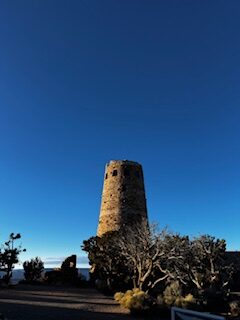

Tips for the Grand Canyon:
- One day is sufficient if you’re focusing on scenic viewpoints.
- Winter offers fewer crowds and clearer views, but temperatures can be extreme—dress warmly.
- For hiking, plan 2–3 days and avoid the summer heat.
- Be cautious at lookout points—some lack guardrails and can be dangerous.
Day 4: Montezuma Castle & Prescott
Spend your final morning visiting Montezuma Castle National Monument, about an hour from Prescott. This well-preserved cliff dwelling was built over 1,000 years ago by the Sinagua people. Though you can’t enter the structure, educational displays and a museum offer insight into ancient Native American life.
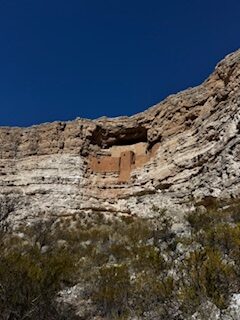
Tip: On U.S. holidays, national park entrance fees may be waived.
On your return to Prescott, stop by local craft stalls for a snack—try traditional Native American fry bread.
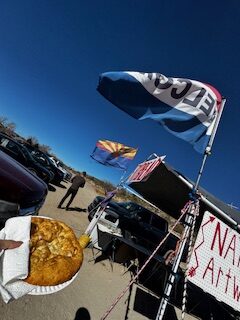
Explore Watson Lake and downtown Prescott before your evening flight.
Note: delays are common, so have a flexible schedule.
Final Thoughts
This 4-day Sedona and Grand Canyon winter itinerary is perfect for travelers looking to explore Arizona’s natural beauty, energy vortexes, and cultural landmarks in a short but rewarding trip. Ideal for a long weekend or holiday getaway from Los Angeles.
